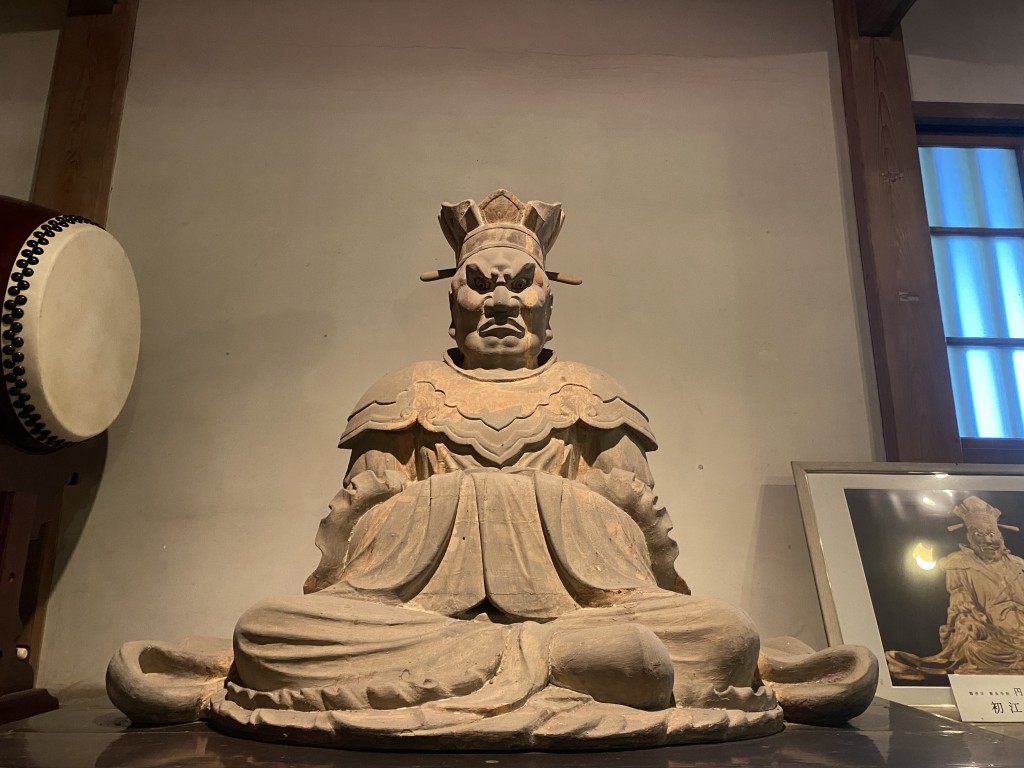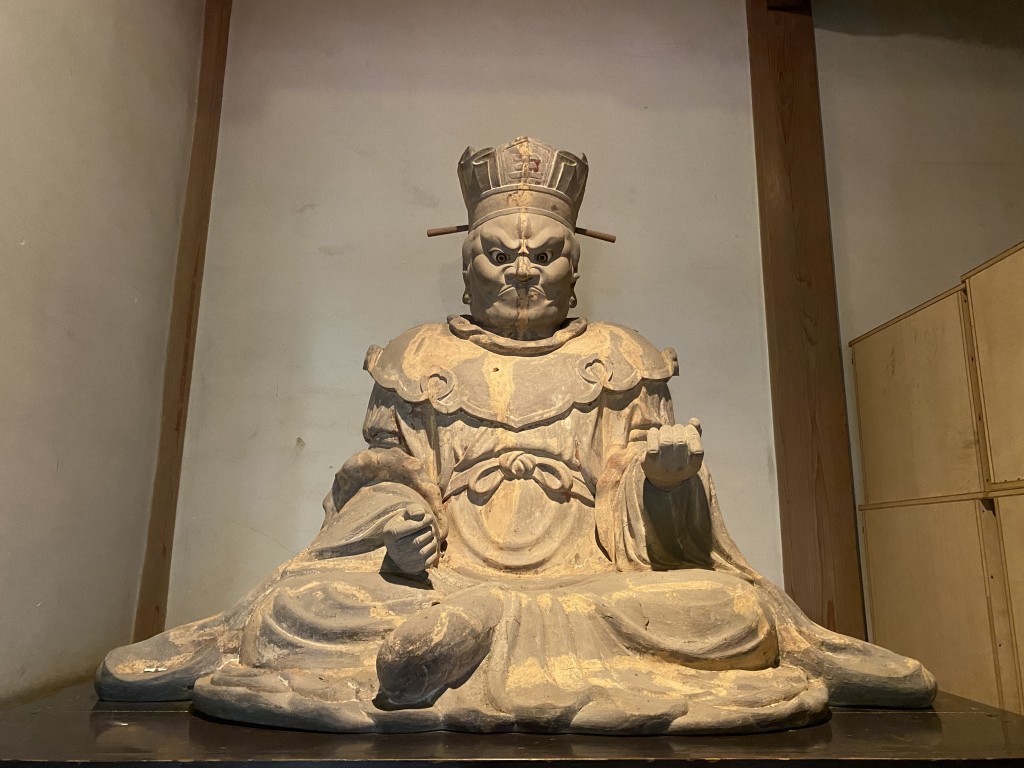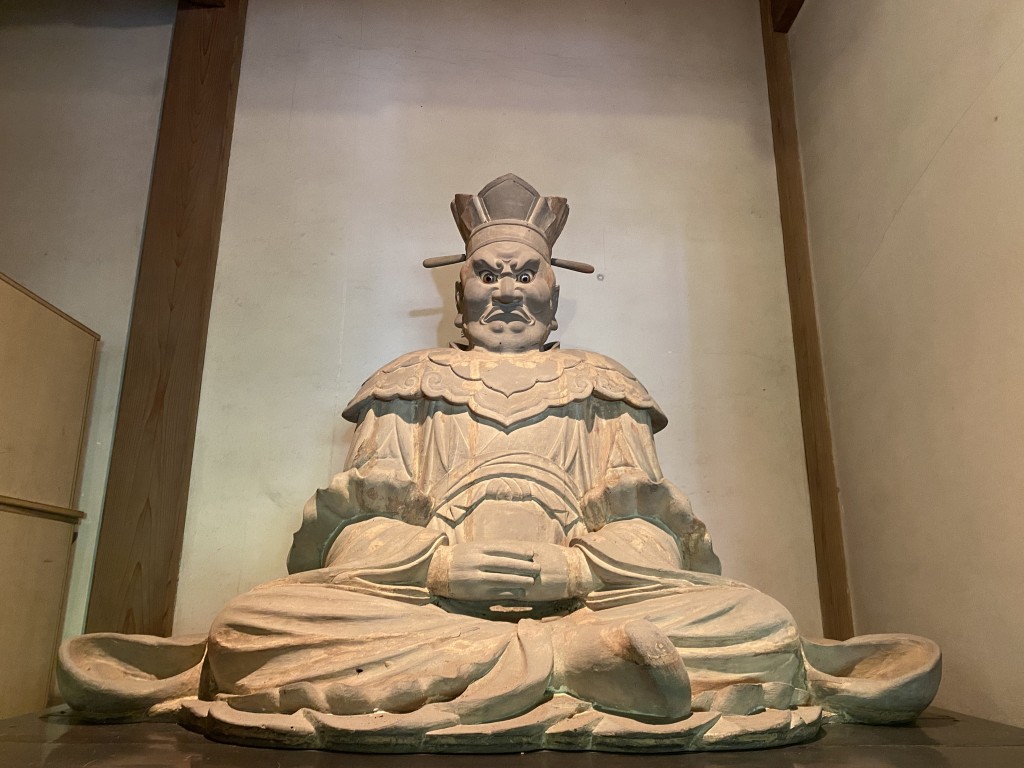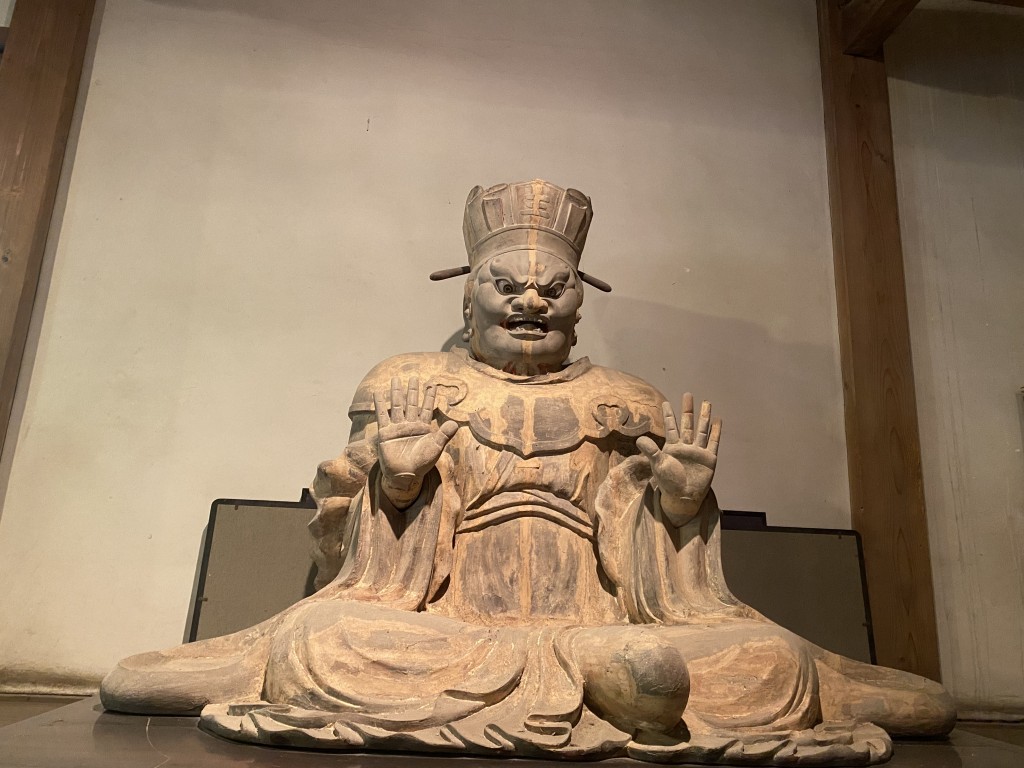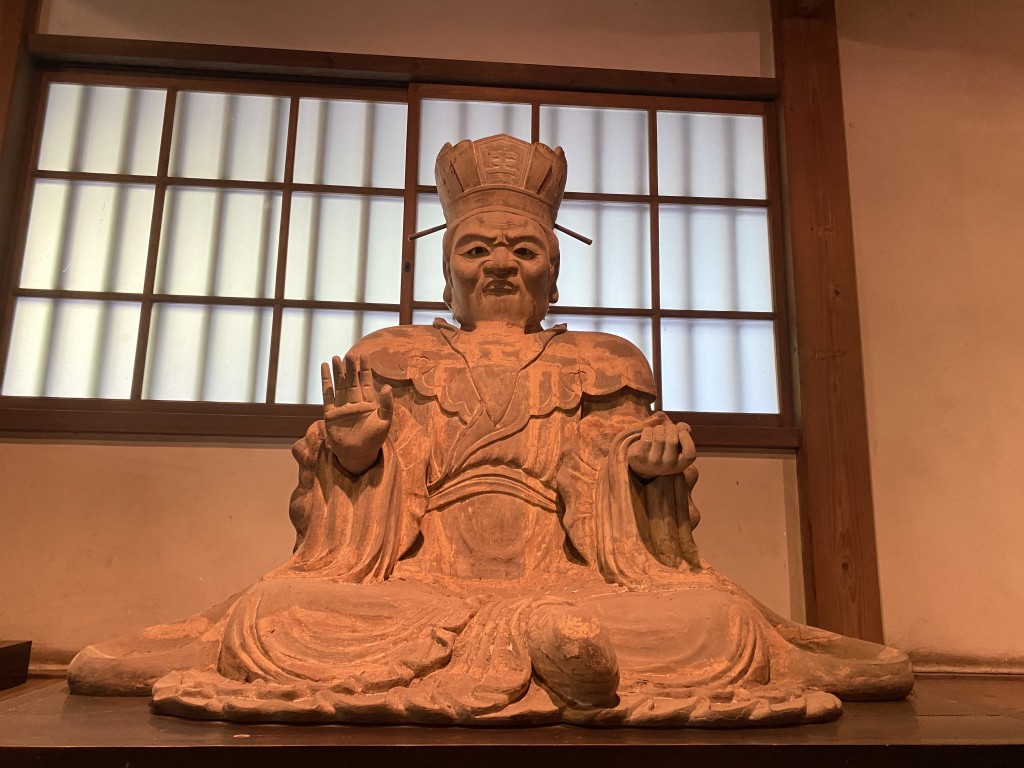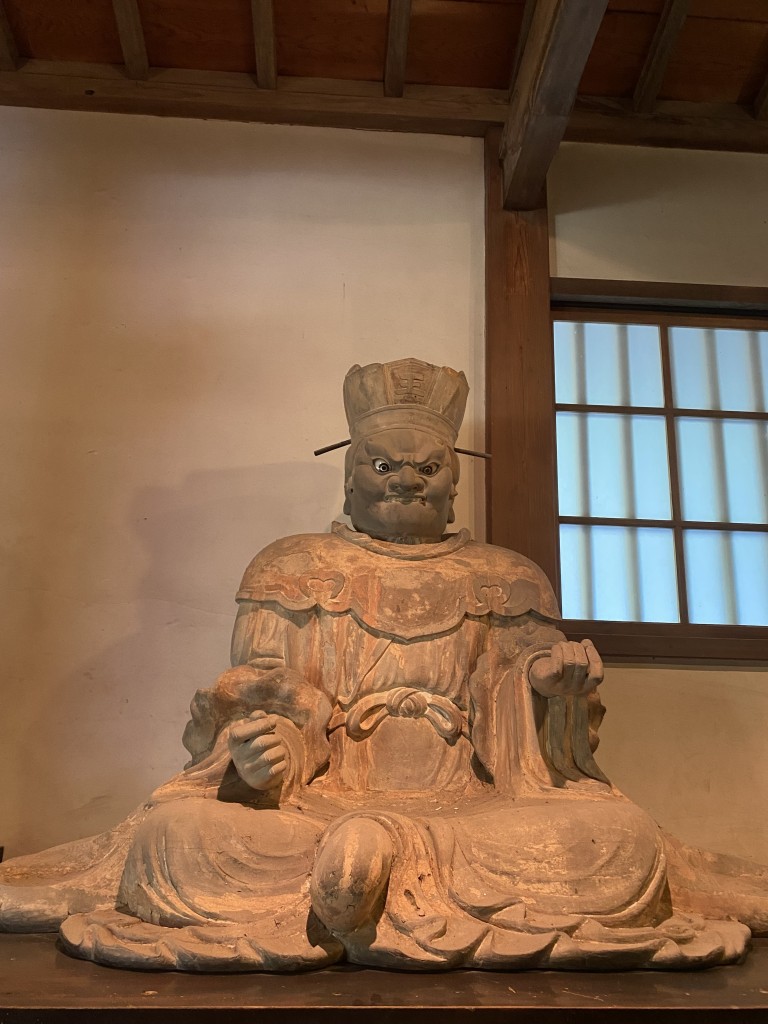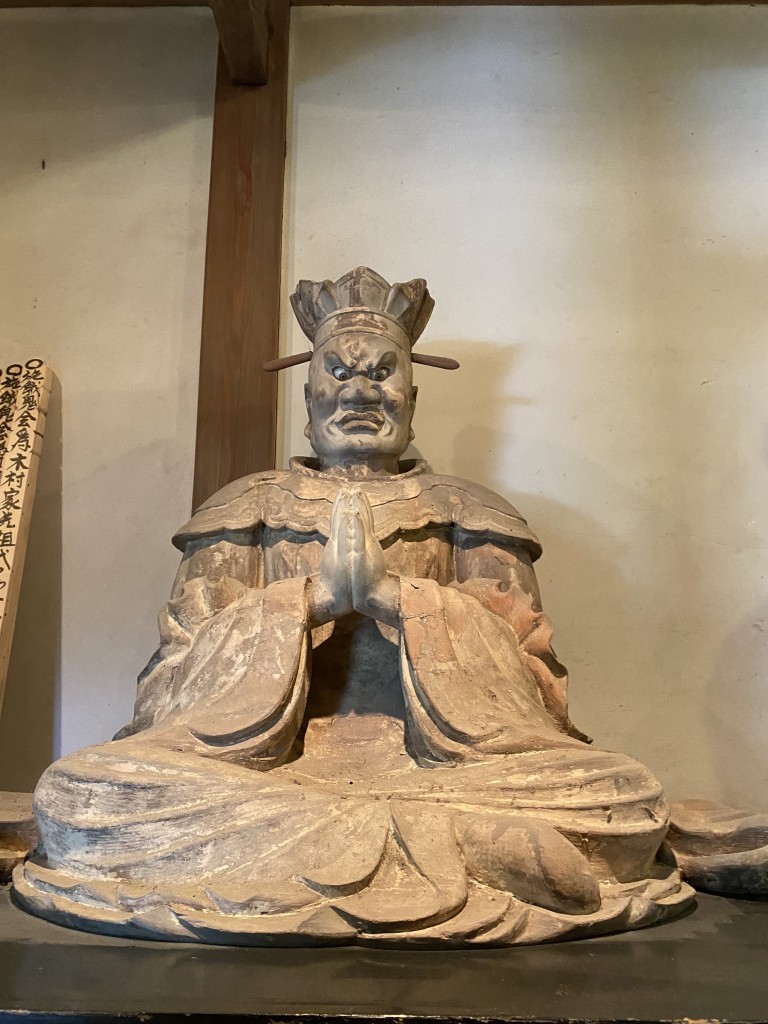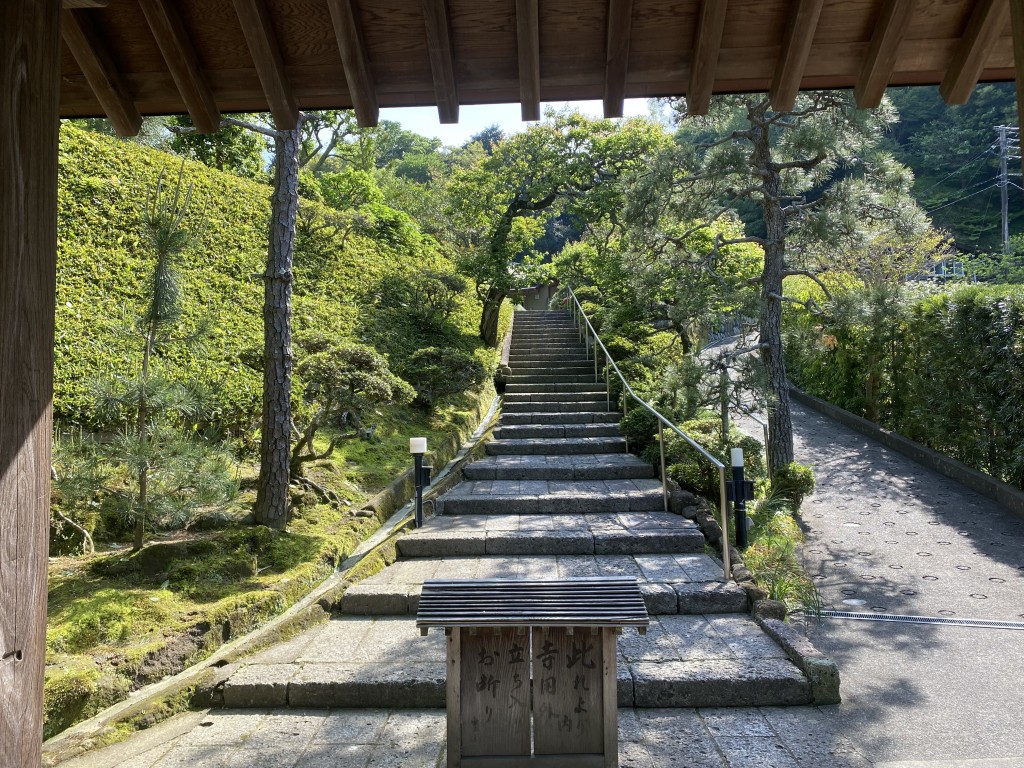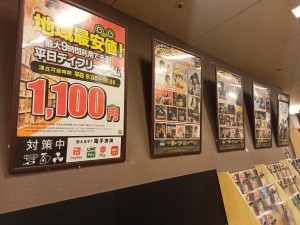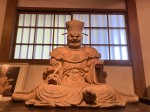
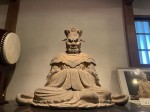
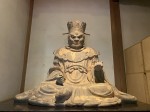
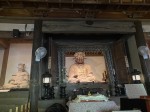

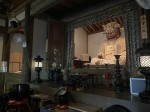

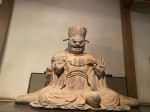
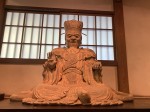
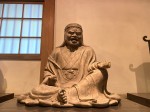
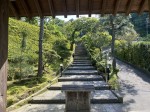
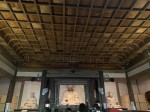
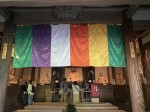
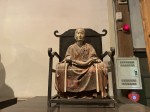
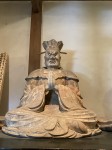
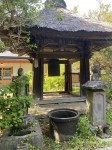
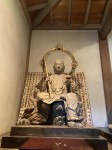
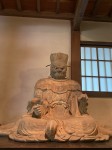
The Buddhist concept of retribution means that doing good things leads to good results in the afterlife, and committing evil things leads to bad results. Ten kings of the underworld judge whether people have been good or evil in their lives. If you want to meet all ten of them, visit the Enno-ji temple in Kamakura.
Enma’s Wish
We always feel pain and worry in our daily lives. The cause of this is our attitudes toward greed, anger and ignorant attitudes. It is through our ignorance that we may not understand greed or anger. The main goal of Buddhism is that we will be able to extinguish these internal weaknesses and realize that anyone can achieve a state of “Enlightenment” or “Nirvana” and truly become Buddha.
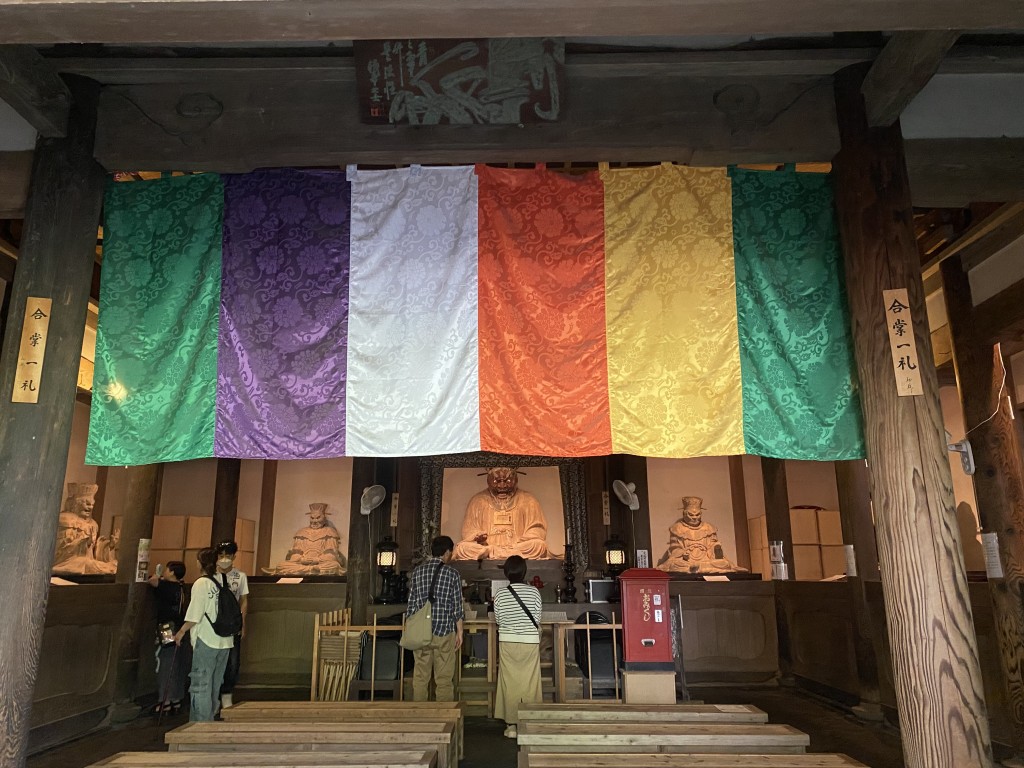
Enno-ji Temple
Ennoji Temple was built about 1250 years ago. This temple deifies the great king of Enma. Buddhism was born in India about 2500 years ago. It is the religion thought by Syakamuni, who became Buddha. The origin of Enma is recorded in the Regveda, the oldest canon in India as Yama (a man) and Yami (a woman). Yama and Yami were born in the real world as the first human beings. Over time they left offspring in the real world, and they then became the masters of the underworld. The teachings were mixed with that of Taoism, a religion of China. After which, the idea called Ju-ou was formed. The main premise of Ju-ou is based on the Buddhist concept of retribution. It means that doing good things leads to good results in the afterlife, and committing evil things leads to bad results. Ten kings of the underworld judge whether people have been good or evil in their lives.
Ten kings of the underworld
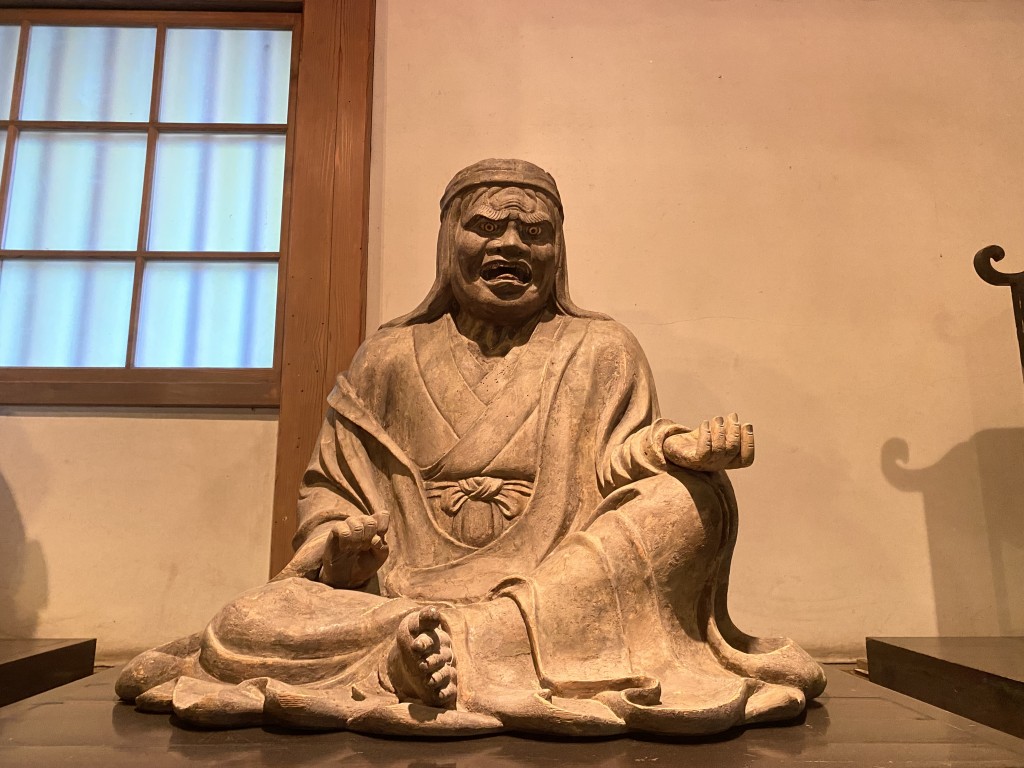
Datsueba
The name of this statue is “Datsueba”. People meet her 14 days after their death. She awaits the dead at the other side of the Acheron River and rips off their wet clothes, whether they are guilty of some sins or not.
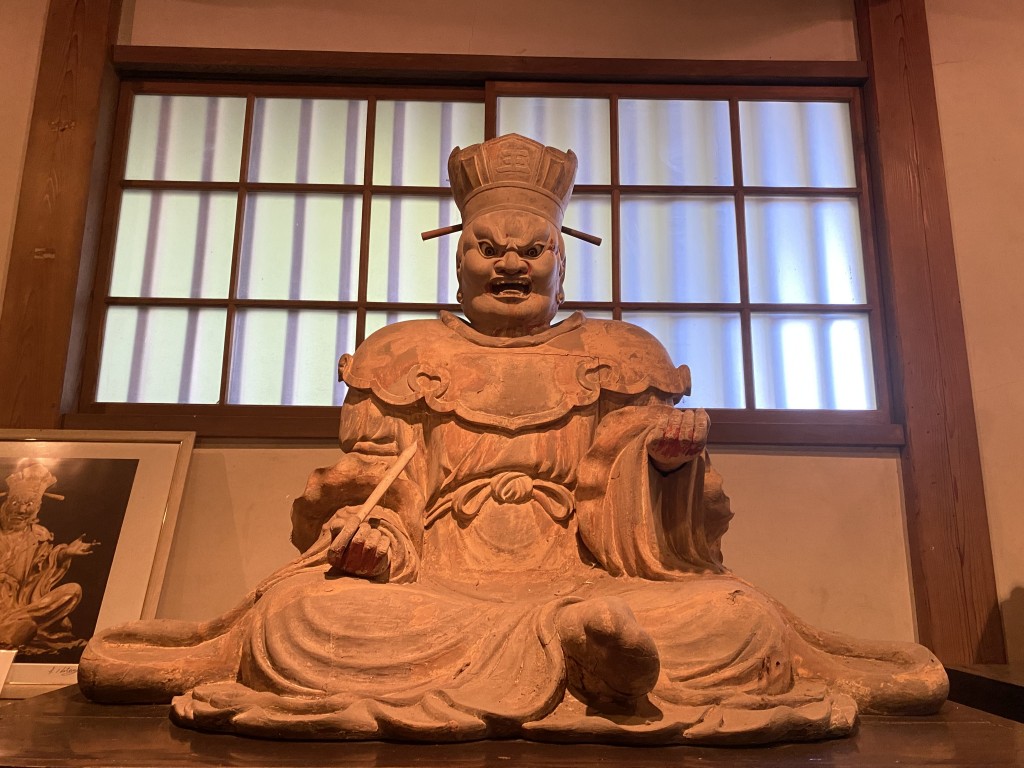
Shinko-ou
Shinko-ou is the 1st king of the underworld. The dead will see him after one week. He judges people’s murderous sins and decides which path they must take in the afterlife.
Shoko-ou
Shoko-ou-zazo is the 2nd king of the Underworld. He judges people for stealing after they go across the Acheron River.
Sotei-ou
Sotei-ou is the 3rd king of the underworld. The dead will meet him three weeks after they cross the Acheron River. He judges people’s sins of lust.
Gokan-ou
Gokan-ou is the 4th king of the underworld. The king judges seven sins that may have been committed. These are: telling lies, drinking alcohol, not admitting mistakes, praising only yourself and blaming others, withholding any charity, getting angry at others and criticizing Buddhism.

Enma-ou
The fifth statue is Enma Daio. Enma Daio is the 5th king of the underworld. He is one of the ruling judges. Human beings’ reports are made by his assistant kings and then sent to Enma. Thereby, the defendants are ordered to go to one of the six stage of the underworld – Hell (Jigoku), the World of the Hungry Devil (Gaki), the Realm of Beats (Chikusho), the World of Fury (Ashure). Human Being (Ningen), and Heaven (Gokuraku).
The principal icon, Enma Daio, is the work of the great sculptor of the Kamakura Era, Uneki.
This has been designated as a national cultural asset. Enma Daio usually looks scary with his eyes and mouth wide open, but this one looks as if he was laughing. For that reason, Enma Daio of Ennouji Temple has long been popularly called Warai Enma (Laughing Enma).
Henjo-ou
Henjo-ou is the 6th king of the underworld. People meet him after 42 days after their death. He decides the details of their next life. For example, if you are going to be transformed into an animal, he will decide what animal you will become.
Taizan-ou
Taizan-ou is the 7th king of the underworld. Spirits of the dead hover halfway between this world and the next world until the 49th day after their death. Taizan-ou decides the length of time the dead will spend in the next world and the dead transmigrate on this chosen day.
Byodo-ou
Byoudo-ou is the 8th king of the underworld. The families of the dead are able to meet this king, after performing Buddhist memorial services 100 days from the person’s death. The 8th, 9th and 10th king investigate how people have lived. While you are in the 10th king’s presence, you have been admonished and not to be devoured.
Toshi-ou
Toshi-ou is the 9th king of the underworld. Families are able to meet this king at a memorial service one year from the time of the person’s death. The 8th, 9th and 10th kings investigate how to live properly through those living. The 9th king admonishes not to be angry while you are in the 9th king’s presence, you have already been admonished not to be angry.
Godotenrin-ou
Godotenrin-ou is the 10th king of the underworld. The families of the dead are able to meet this king after doing Buddhist memorial services 100 days from the person’s death. The 8th, 9th and 10th kings investigate how to live viewing living people. While you are in the 10th king’s presence, you have been admonished not to be stupid.
Acheron River
Sanzu-no-kawa is a river which the dead will have to cross after being judged by the first king of the underworld, Shinko-ou. There are three ways to cross the river. The more sinful you have been, the more difficult path you must take.
Date: 2025-04-15
Author: Beti – A passionate traveler and lover of Asian cuisine, especially Thai and Japanese dishes, Bernadeta brings her culinary and cultural experiences to life in her writing. Beyond her travels, she’s an avid technology enthusiast with a deep interest in data processing, merging her love for exploration with analytical insights.
Photographer: Adalbert – An aficionado of computers and photography, Adalbert captures the essence of diverse cuisines with a discerning eye. A connoisseur of rich flavors and particularly fond of meat-based dishes, he combines his technical skills with his passion for the culinary arts in every shot.
